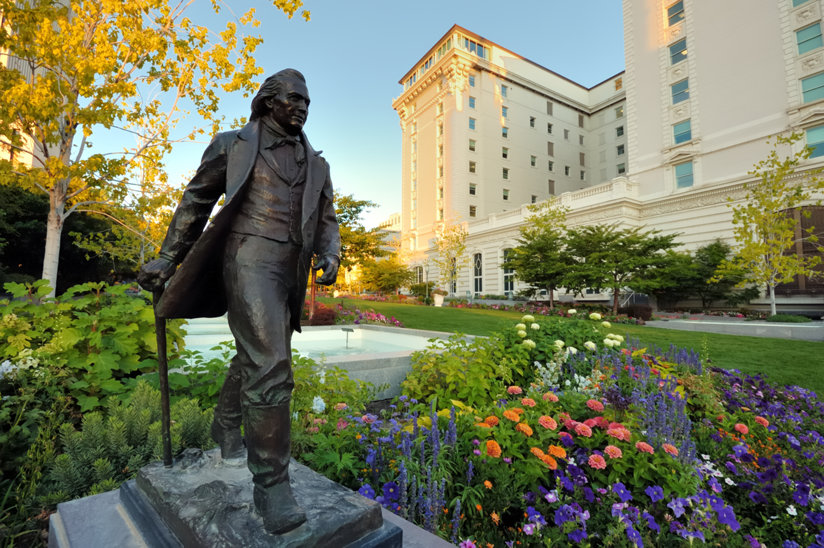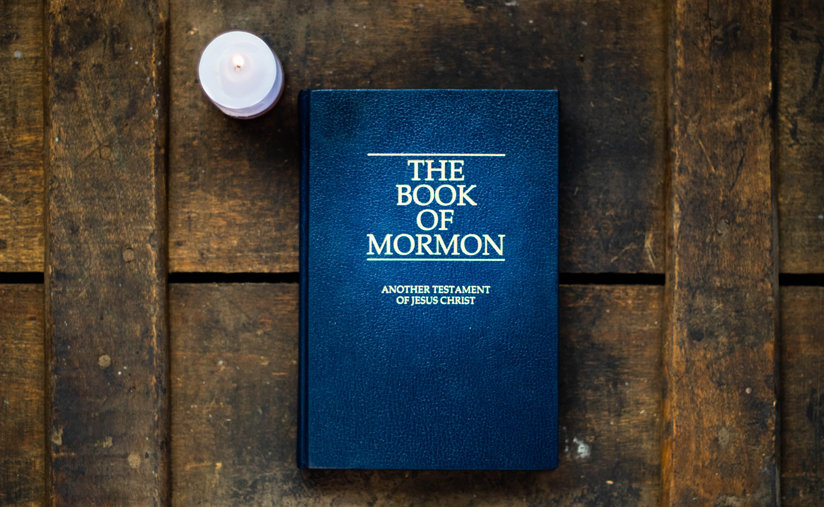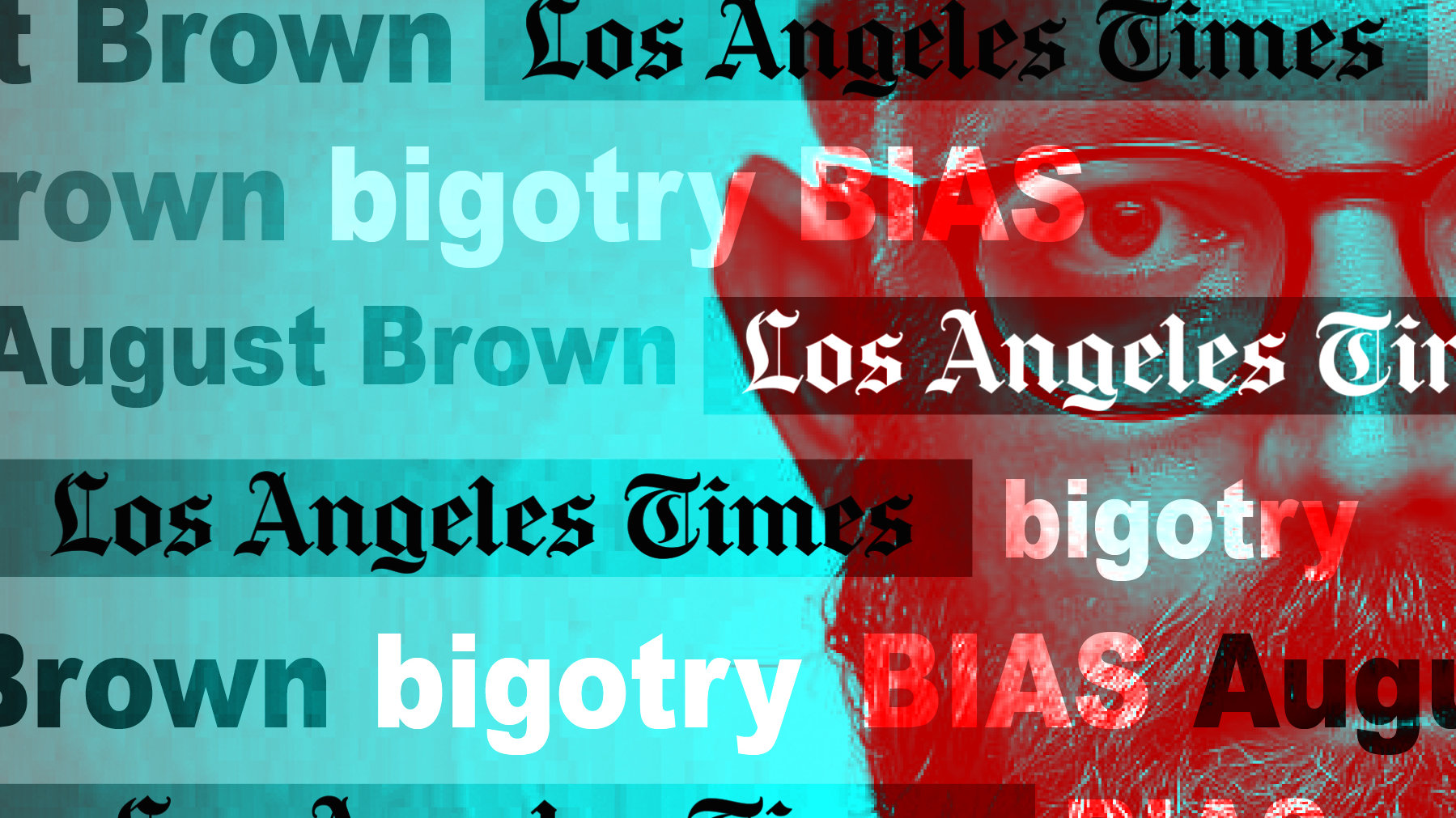The Dangers of Bias: Why “Murder Among the Mormons” Should Worry Us All
Netflix’s recent three-part documentary Murder Among the Mormons is just the latest in a long line of mainstream media attacks against religion which perpetuate harmful stereotypes. Unfortunately, such stereotypes fuel “otherness” and hate against minority groups.
Personally, I’m tired of the stereotyping of minorities.
I don’t think I’m the only one.

It’s Been Dangerous to Be Mormon for a Long Time
Hate crimes against Mormons are interwoven into the history of the faith itself, right alongside some very unsavory bits of American history.
Joseph Smith founded the religion, originally known as the Church of Christ, during a unique period of religious revivalism in American history. The Jehovah’s Witnesses religion started about the same time, and many others were experiencing reforms and restructuring.
But from the outset, Mormons were uniquely targeted and persecuted for their beliefs.
Hate crimes against Mormons fueled moves by members farther and farther west across the United States: from New York to Ohio, Ohio to Missouri, Missouri out of the western boundary of the U.S. altogether, to Ute Territory (ultimately becoming the state of Utah when it did join the United States).

Along the way, Mormons were relocated to a “reservation-style” area of Illinois, where they built a city that even surpassed Chicago in size at the time. It was while they lived in Illinois that they were banned from voting, and the religion’s founder was assassinated by a mob, a crime for which no charges were ever brought.
To repeat: no one was tried for the murder of Joseph Smith. And, though it’s shocking, it’s no wonder when you consider that the governor of Missouri had issued an “extermination order” against members of the Mormon faith, a move which was not rescinded until Governor Bond’s Executive Order in 1976.
It’s wise to keep that date in mind when watching Murder Among the Mormons. The bombings chronicled in the documentary which killed two upstanding members of the Utah community took place not 10 years later, in 1985.
The film almost glorifies Mark Hofmann, the forger and murderer responsible for two needless, tragic deaths. Hofmann even gets portrayed as a Mormon Church member, though he himself stated he was an atheist starting at the age of 14.
The film also faults the Church for “greed” because it purchased forged documents as part of Hofmann’s elaborate Ponzi scheme. But of course a religious group would want the documents relating to the beginnings of their faith. Every state in the United States and the federal government as well has an “archives” building and department specifically for acquiring and documenting the history of their organizations. Most faiths do, too.
That’s not greed. That’s history.
From the outset, Mormons were uniquely targeted and persecuted for their beliefs.
Further, the film suggests that the Church should have somehow divined the fraudulence of Hofmann’s documents.
To put Hofmann’s deceptions in perspective: he also managed to convince the U.S. Treasury of the authenticity of a coin he had forged as a teenager. U.S. historical document experts failed to identify the phoniness of his fabricated letters “signed” by such figures as Martha and George Washington and Abraham Lincoln. Hofmann even composed an original poem that he managed to pass off as a “found” work by Emily Dickinson. He duped the FBI, Sotheby’s auction house and countless others.
Ultimately, it was a member of the Mormon Church, George Throckmorton, and another forensics expert, who proved Hofmann’s documents were fraudulent—forgeries from which Hofmann made hundreds of thousands of dollars. An investigator estimated Hofmann’s debts in his “one big Ponzi scheme” to have totaled $1.1 million.
Hofmann was the greedy one, not the Mormons. He targeted Mormons because he was an atheist living among the Mormons seeking to undermine their faith in any way he could dream up. Worse, Hofmann himself was the murderer among the Mormons. A fake on every level who, through his elaborate and destructive acts of forgery, ultimately perpetrated hate crimes on members of the religion in which he even forged his own membership.
All this and somehow the Mormon Church gets painted as the bad guys?
It’s not only unconvincing, it’s victim-blaming.
Dismantling Anti-Religious Bullying
Let’s start by not calling this religious group “Mormons” anymore.
They themselves have asked to be referred to by their full name, members of The Church of Jesus Christ of Latter-day Saints.
To call them “Mormon” is to reduce them to the worship of only one of their religious texts, The Book of Mormon, which members read alongside the Bible. “Mormon” also takes the “Jesus Christ” out of their name, which in turn becomes a justification for calling members of the church “unchristian,” even though the religion centers their doctrine around worship of Jesus Christ. It would be like calling other Christians “Bibles” instead of Christians.
Using an incorrect name for an individual or group is an age-old trick used to create “otherness.”

Unfortunately, religious bias and hate crimes have persisted through and long past the 1980s, when Mark Hofmann was imprisoned for life for his criminal acts. Members of the Church of Jesus Christ of Latter-day Saints, and even their houses of worship, sometimes get targeted. A recent example is the 2019 graffiti of an LDS chapel in Shoreline, Washington, where a vandal damaged a church building, including profane epithets against the faith. And just last year, a missionary and member of the Church of Jesus Christ of Latter-day Saints was attacked, called a “church boy,” and punched and kicked in what is being investigated as a hate crime.
The FBI defines a hate crime as a “criminal offense against a person or property motivated in whole or in part by an offender’s bias against a race, religion, disability, sexual orientation, ethnicity, gender, or gender identity.”
Hate crimes against religious groups are, unfortunately, on the rise in the United States. Members of minority religions experience the highest incidence of religious-based hate crimes. Jews top the list, followed by Muslims. Sikhs, Jehovah’s Witnesses, Scientologists and members of The Church of Jesus Christ of Latter-day Saints have all experienced anti-religious rhetoric and hate-fueled crimes against members of their communities, and plenty of it. For some, it’s a daily reality and fact of life.
Can We Stop Religious-based Hate Crimes?
On an individual basis, putting a stop to religious-based hate crimes sounds daunting. “Who am I to put an end to bigotry?” And though maybe we cannot tackle every example of stereotyping we encounter, there are three simple things I think we can each do to dismantle the machinery of hate from our own vantage point.
It can be as simple as:
- Educating yourself: Learn about religious groups and religious minorities—about what they say about themselves, not what haters have to say about them. Don’t buy into the lie that you have to find “the truth” about a religion from those outside the religion. Such people have made a “cause” out of criticizing another faith or organization. But a minority group should be able to speak for itself about itself.
- Becoming aware: When you actively listen for stereotypes, half-truths and bias you become more aware of the potentially dangerous statements being made about a minority group. My experience has been that if something “sounds really strange” it’s probably false—ask a member of that organization or look to the source online (most religions have their own doctrinal websites). Don’t fall for the “clickbait” of internet bullies and their propaganda.
- Saying something: Speak up for freedom of religion and freedom of expression when you hear hate speech of any kind. We cannot remain silent in the face of oppression without being complicit, and letting people of goodwill be harmed. We’ve got to stick up for one another.
If we uproot religious stereotypes at their slanderous source, we have a chance of creating “a more perfect Union” in our United States.
Bigotry is dangerous. Religious stereotypes lead to hate crimes. They’re fueled by propaganda like Murder Among the Mormons.
It’s time for the hate to stop.










